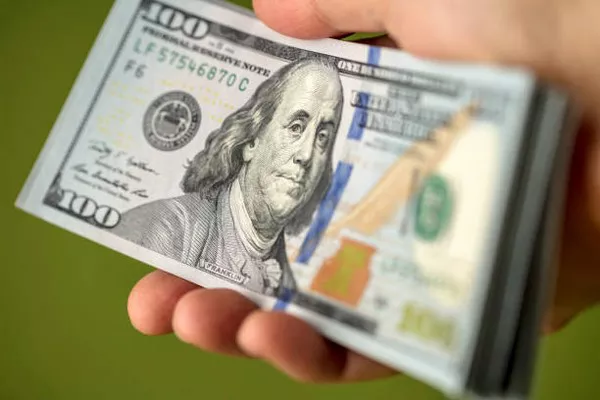In early European trading on Friday, the U.S. dollar experienced a slight decline, although it remained on track for its most substantial weekly gain in over a month, propelled by dwindling expectations of imminent Federal Reserve rate cuts.
As of 04:40 ET (08:40 GMT), the Dollar Index, measuring the greenback against a basket of six major currencies, was down 0.1% at 104.910. However, it was poised for a weekly increase of 0.6%, marking its most significant one-week rise since mid-April.
The dollar’s recent strength can be attributed to the release of data on Thursday, revealing a notable acceleration in U.S. business activity to its highest level in over two years for the month of May. This resurgence in economic activity prompted a reevaluation of expectations for interest rate cuts by the Federal Reserve, consequently leading to an uptick in government bond yields.
The shift in sentiment was further underscored by the minutes of the Fed’s late-April meeting, which indicated growing concerns among policymakers regarding persistent inflationary pressures. Numerous officials have advocated for a cautious approach to monetary policy loosening, contributing to the recalibration of rate cut expectations.
According to the CME Fedwatch tool, traders are now pricing in nearly equal probabilities of a rate cut or a hold in September, with each scenario holding approximately a 46% likelihood. This contrasts with earlier expectations, which favored a rate cut by over 50%.
Market focus now turns to the upcoming release of the personal consumption expenditures price index, slated for May 31. This key indicator, considered the Fed’s preferred measure of inflation, is expected to provide further insights into the central bank’s stance on interest rates going forward, potentially shaping market expectations for monetary policy adjustments later this year.


